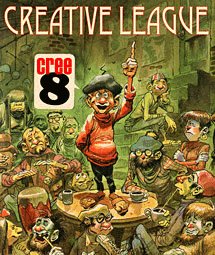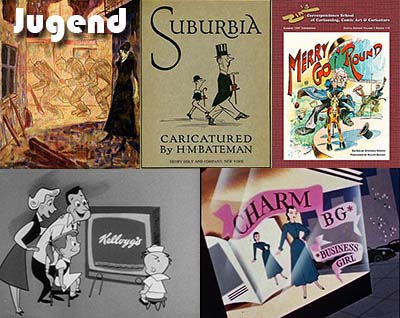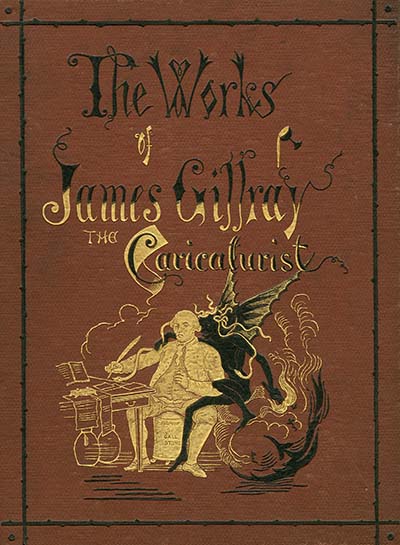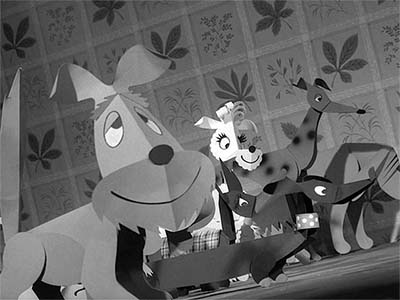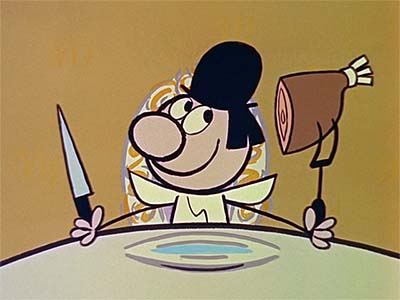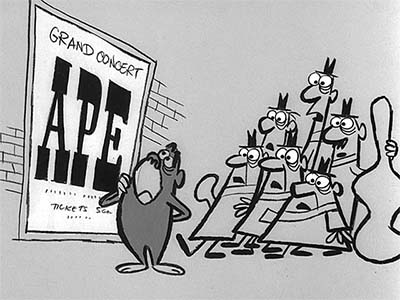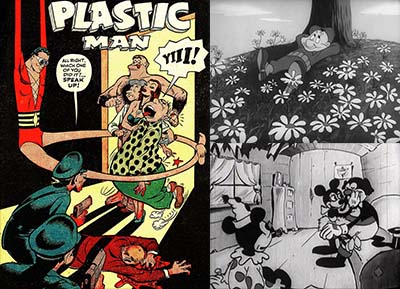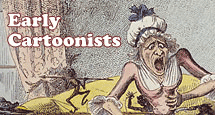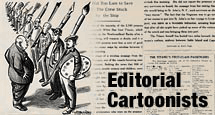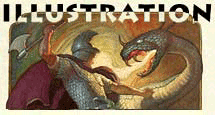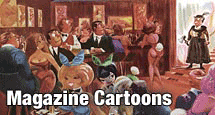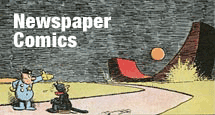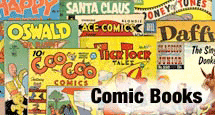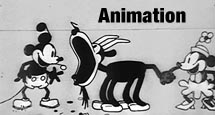
Animation Resources is pleased to have been chosen to be a part of Facebook’s Fundraisers program. This program allows YOU to create fundraising campaigns to support the work of Animation Resources and share them with all of your Facebook friends. You can set a goal, post updates on your campaign’s progress, and offer perks… say for instance, if someone donates a certain amount of money you will draw a caricature of them or share a web comic you have created. It’s fun and all of the proceeds go to support the projects of Animation Resources.
But that’s not all… Animation Resources has always rewarded its volunteers with a complimentary Volunteer Membership in return for their hard work. This allows our local team to access the Members Only Download Page and participate in all of Animation Resources’ events and projects at no cost. Now we are extending this offer to our friends on social media who organize a Facebook Fundraiser for us. If you create and manage a fundraiser that reaches its goal of $100, we will award you a FREE one year Volunteer Membership in Animation Resources!
It’s easy to start… Here’s how:
- Go to the Animation Resources Fundraisers Page… https://www.facebook.com/animationresources.org/fundraisers
- Click on the blue "Create Fundraiser" button in the upper right.
- Upload an image to represent your campaign, think of a title, and write a story giving people a compelling reason to support Animation Resources. (You can get ideas for what to write by reading the "About" section at the top of the left hand sidebar of our website.) Specify $100 as your goal, click “Create” and you are off and rolling.
- Promote your Fundraiser campaign to help it reach its goal, and Animation Resources will help you along the way by sharing your posts in our social media network. Share your favorite images and articles from the Animation Resources website with your friends and tell them what you’ve learned. Post your studies and we will share them with other artists all over the world. Let everyone know how much you appreciate the terrific resources we provide to the online animation community each and every day!
- When your Fundraiser reaches its goal of $100, we will set up a complimentary Volunteer Membership for you. Be a part of our loyal group of volunteers. They’re the ones that make it all happen!
If you’d like to see an example of what a Facebook Fundraiser looks like, take a look at our "Sponsor A Student" fundraiser… https://www.facebook.com/donate/10154248398857348/.





